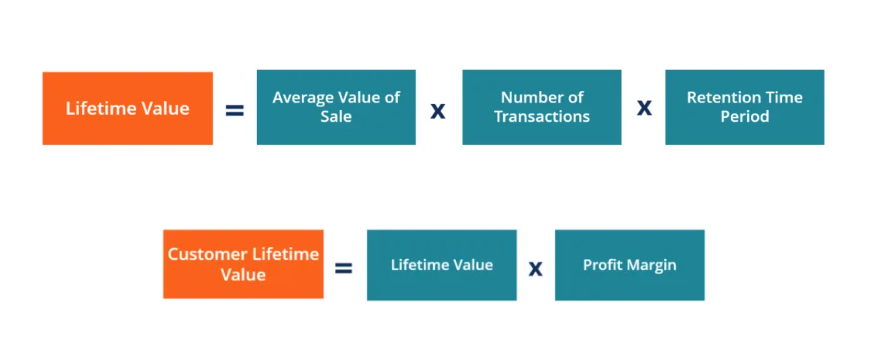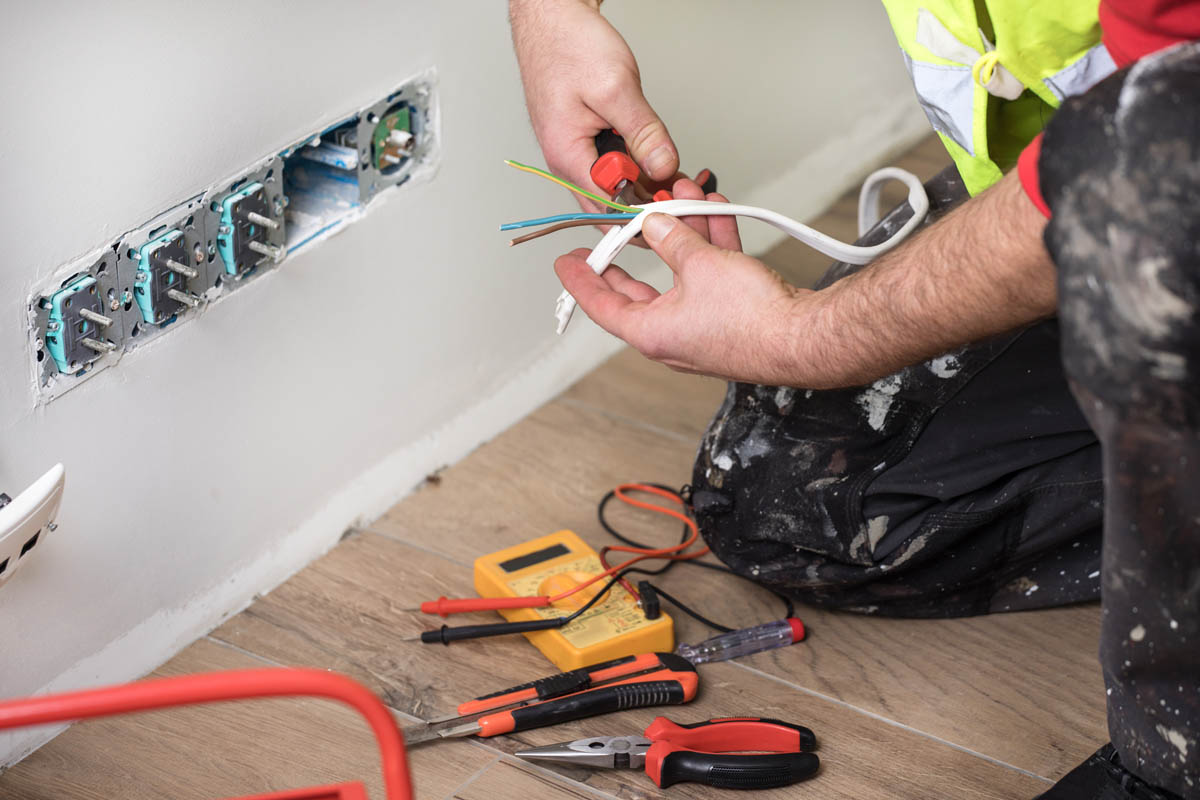The Role of Measurable Results & ROI in Home Services Marketing
When it comes to home services—roofing, HVAC, plumbing, electrical—proving your marketing actually works is more important than ever. Without clear data, you’re spending money on ads and campaigns without knowing which ones are actually effective, leading to lost customers and budget dollars.
This guide shows you how to measure ROI, track the metrics that matter, and use real numbers to create efficient strategies that will grow your business.
Why General Marketing Falls Short in Home Services
Unmeasurable Tactics Waste Your Budget
Home service companies can easily blow thousands on TV commercials, magazine ads, or event sponsorships. The problem with these is that it’s difficult to track how well they work. There’s no precise way to determine how many calls or jobs resulted from a specific source. This means:
- Only a vague idea of what each lead costs you
- Restricted ability to track booked appointments
- Limited comparison between campaigns to see what works best
Without this visibility, you can’t test and improve your marketing. Every dollar you can’t tie to a lead or sale is a gamble that can cost you business growth.
Your Marketing Must Connect to Real Customer Actions
Digital platforms like Google Ads and Facebook changed everything. With these tools, you can track when someone clicks your ad, calls, books a service, and pays — every step gets recorded. This way, you can see the exact value of your campaigns. While building brand awareness will always be a goal in marketing, modern times require home services to do more. Your strategy needs to drive people to take action, and tracking those actions is what tells you how to keep your business moving forward.
How to Calculate and Measure ROI in Home Services Marketing
ROI (Return on Investment) is the most important number in your marketing results. Simply put, ROI measures how much profit you generate for every dollar you spend on marketing, telling you how effectively you are using your marketing budget. For home service businesses, understanding ROI is crucial because spending is often tight, and you need to know which campaigns actually bring in customers. With ROI tracking, you can confidently invest more in what works and cut what doesn’t.
How to Calculate Your Marketing ROI
Marketing ROI answers one key question: for every dollar you spend, how much money do you get back? The math is simple:
ROI = (Gross Revenue – Cost) / Cost
Example: If your plumbing company spends $2,000 on digital ads and those ads bring in $8,000 in new jobs: ($8,000 – $2,000) / $2,000 = 3 or 300%
This means for every dollar spent, you earned three dollars back.
What Counts as a Return for Home Services?
Unlike online stores, your “returns” don’t come from shopping carts. Instead, they include:
- Phone calls from homeowners who saw your ad
- Quote requests through your website
- Online bookings for appointments
- Chat inquiries from potential customers
Each of these can be traced back to a specific marketing source and given a dollar value.
ROI as Your Home Services Marketing Health Check
ROI doesn’t just justify your budget—it paints a picture of what’s working and what isn’t. High ROI usually means:
- You’re reaching the right people
- Your ads and content make people want to call or book
- You’re spending efficiently
Low ROI means something needs fixing: either people aren’t converting, your leads are poor quality, or your costs are too high.
Key Metrics That Drive ROI
Website Traffic and Conversions
Traffic numbers alone don’t matter if visitors don’t take action. What matters is your conversion rate—how many visitors actually book a service. Here’s how to calculate it:
Conversion rate = Total conversions / Total visitors
“Generally, a conversion rate of 2-5% is considered good, and a rate above 5% is considered excellent,” states Revenue Hero.
Lead Generation and Quality
Track not just how many leads you get, but where they come from:
- Paid search ads
- Organic Google results
- Local service ads
Also measure lead quality. Lots of leads that don’t turn into customers can mean your messaging or targeting needs work.
Phone Call Tracking
Most home service customers call to book. Call tracking software shows you which ads and web pages generate calls. These allow you to see:
- Length of call
- How many calls turn into appointments
- Peak call times
Customer Acquisition Cost (CAC)
“In the realm of business, customer acquisition cost helps you measure the effectiveness of your marketing strategies, ensuring that you’re investing wisely in growing your customer base without draining your resources,” explains GoCustomer. This is calculated for a specific time period using the following equation:
CAC = (Total marketing + sales costs) / # of new customers acquired
Customer Lifetime Value (CLV)
Customer lifetime value estimates how much revenue a customer brings over time, including repeat services and maintenance. This calculation is two parts and uses four main components:

Industry Benchmarks: Know Where You Stand
Understanding whether your measured results are positive requires context. Here are key benchmarks for home services marketing:
Customer Acquisition Cost vs. Lifetime Value
“A general rule of thumb is to aim for a customer lifetime value ([CLV]) to CAC ratio of 3:1 or higher,” suggests Vena Solutions. Focus on this ratio to justify spending more on successful campaigns.
Marketing ROI Expectations
“The average marketing ROI differs depending on industry, but a good rule of thumb for marketing ROI is to aim for a ratio of 5:1,” informs Infinity. Some channels perform better than others—Google Local Services Ads often achieve higher ROI due to customer intent, while social media ads typically deliver lower but still profitable returns.
Lead-to-Sale Conversion Rates
This measures how many of your leads actually become paying customers. For example, if you get 100 leads and 15 become customers, that’s a 15% conversion rate. According to a 2025 study by Invoca, cited by Supply House Times, “Home Services … [have a] 46% [call] conversion rate.” Emergency services often see higher conversion rates because of urgent need, while more elective services like renovations typically convert at lower rates.
If your numbers fall below these benchmarks, focus on improving lead quality or your sales process. If you’re exceeding them, consider increasing your marketing budget to scale what’s working.
Conclusion
The companies that survive and thrive are those that can prove their marketing dollars are working. By tracking ROI and key metrics, you can stop guessing what works and start making data-driven decisions that actually drive business growth. Start tracking your results today, benchmark against competitors, and focus your budget on what actually brings in customers. Your bottom line will thank you.













